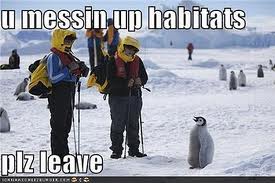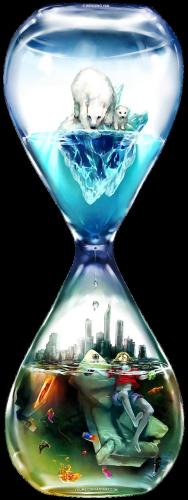 This week we’re off to Nepal to see what problems they are having with wild animals.
This week we’re off to Nepal to see what problems they are having with wild animals.
It appears that National Parks and saving rare and endangered species creates other problems.
Attacks prompt Nepal to cap wildlife growth

Attacks by wild animals have caused lives and property to be lost
Officials in Nepal have said they will now have to put a cap on the growth of wildlife including endangered species like tigers and rhinos.
They say it is a result of significant increase in loss of human lives from attacks by wild animals.
The problem is especially acute in buffer zones between human settlements and national parks.
In recent years, Nepal has developed a successful protection programme for many endangered species.
The Bardiya National Park in the west now has more than 80 elephants, almost 10 times as many as there were in the 1990s.
In the Himalayas, the numbers of endangered species like snow leopards and red pandas have been growing as well.
And the country has nearly 24% of its land area as protected areas, including national parks, conservation areas and wildlife reserves.
With all these achievements in nature conservation, however, Nepal has also witnessed a rising number of human deaths and property losses because of wildlife.
In the last five years, more than 80 people have been killed by wild elephants while 17 of the animals died in retaliatory killings, according to forest ministry officials.
Elephant protest
Last month, local people in Chitwan, southern Nepal, staged a strike and demanded that a rogue elephant be killed after it had taken the lives of three people.
A few months ago, a leopard in western Nepal caused terror as it killed more than a dozen people within a matter of weeks.
In eastern Nepal, herds of wild elephants continue to rampage, demolishing human settlements and raiding crops.

National park boundaries are no barrier to animal movement
Meanwhile, common leopards are increasingly attacking children and livestock in the hilly region.
Further north, in the trans-Himalayan region, locals continue to complain about snow leopards preying on their livestock.
Although forest ministry officials are yet to compile the latest data on these losses, they do admit that such incidents have gone up remarkably.
“Before, we used to record about 30 human deaths because of wildlife attacks annually but in the past few years the figure appears to have risen significantly,” said Forest Ministry spokesman Krishna Acharya who, until recently, headed Nepal’s Department of National Parks and Wildlife Conservation.
He added: “The time has now come for us to determine how many such wildlife species we can have in our protected areas.”
WWF’s Nepal country director, Anil Manandhar, said the problem had become quite serious.
“This is now something that could become the biggest threat and setback for Nepal’s success in wildlife conservation,” he explained.
Buffer zones
Wildlife experts say human settlements known as buffer zones around national parks have become flashpoints for human-wildlife encounters.
“The numbers of rhinos and tigers are increasing in the national park and they are moving out in search of food and space. Meanwhile, the increasing human population needs more of the natural resources available, and that competition creates conflict,” said Mr Acharya.
Most of Nepal’s national parks and protected areas are either in the Himalayan region or in the Tarai area, the southern plain land that border India.
Yet, wildlife-related loss of lives and properties are also increasingly being seen in the mid-hill region, geographically located between the Himalayas and Tarai plain land.

Rhino numbers in Chitwan National Park have shot up in recent years
Conservationists point at the growing number of attacks on children and livestock by common leopards because this region has seen huge success in community forestry.
“We have been hearing complaints from farmers that community forests have more wildlife than in some national parks and therefore they are suffering losses of lives and properties,” said Yam Bahadur Malla, country director for the International Union for Conservation of Nature (IUCN) in Nepal.
He also suggested it was necessary to scientifically demarcate the boundaries of national parks, as some species involved in the attacks were sometimes found outside the existing boundaries.
Forest ministry officials, however, said the chances of expanding existing protected areas were very slim because Nepal had already made huge swathes of land available for nature conservation.
Mr Acharya said the details of plans to limit wildlife growth were yet to be worked out but he added that one of the ideas would be to relocate some of the wildlife species.
“We have listed nine such species that can be trans-located from where there are quite many of them to where there are very few and such species include animals involved in conflicts with humans,” he said.
Mr Acharya also hinted that Nepal will now not commit to protect more wildlife than the amount its protected areas could sustain.
“For instance, we have said we will double the number of tigers to 250. But as we cannot expand our protected areas, we will not be able to commit more than that,” he said.
“Nor can we add new conservation areas.”

 The following by Richard Conniff.
The following by Richard Conniff.







































Recent Comments